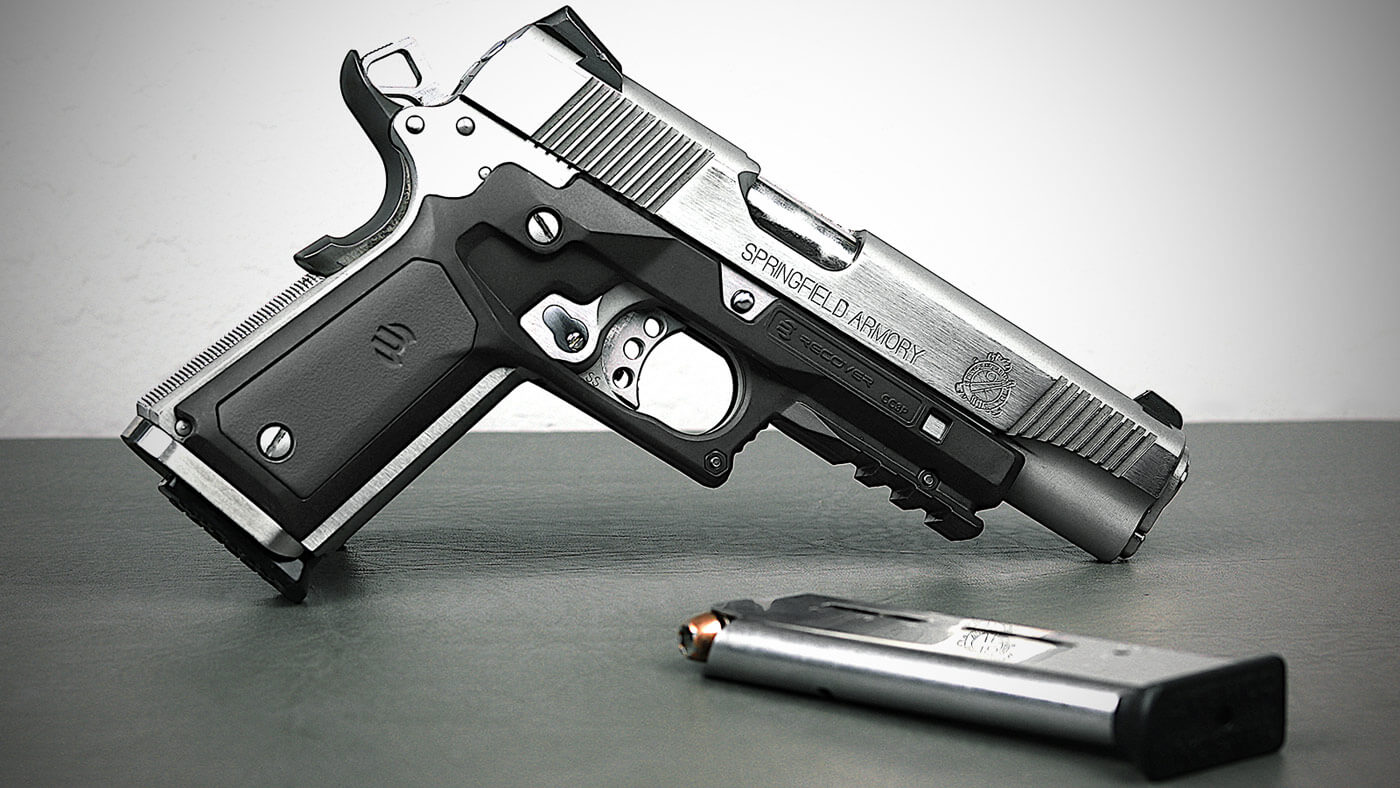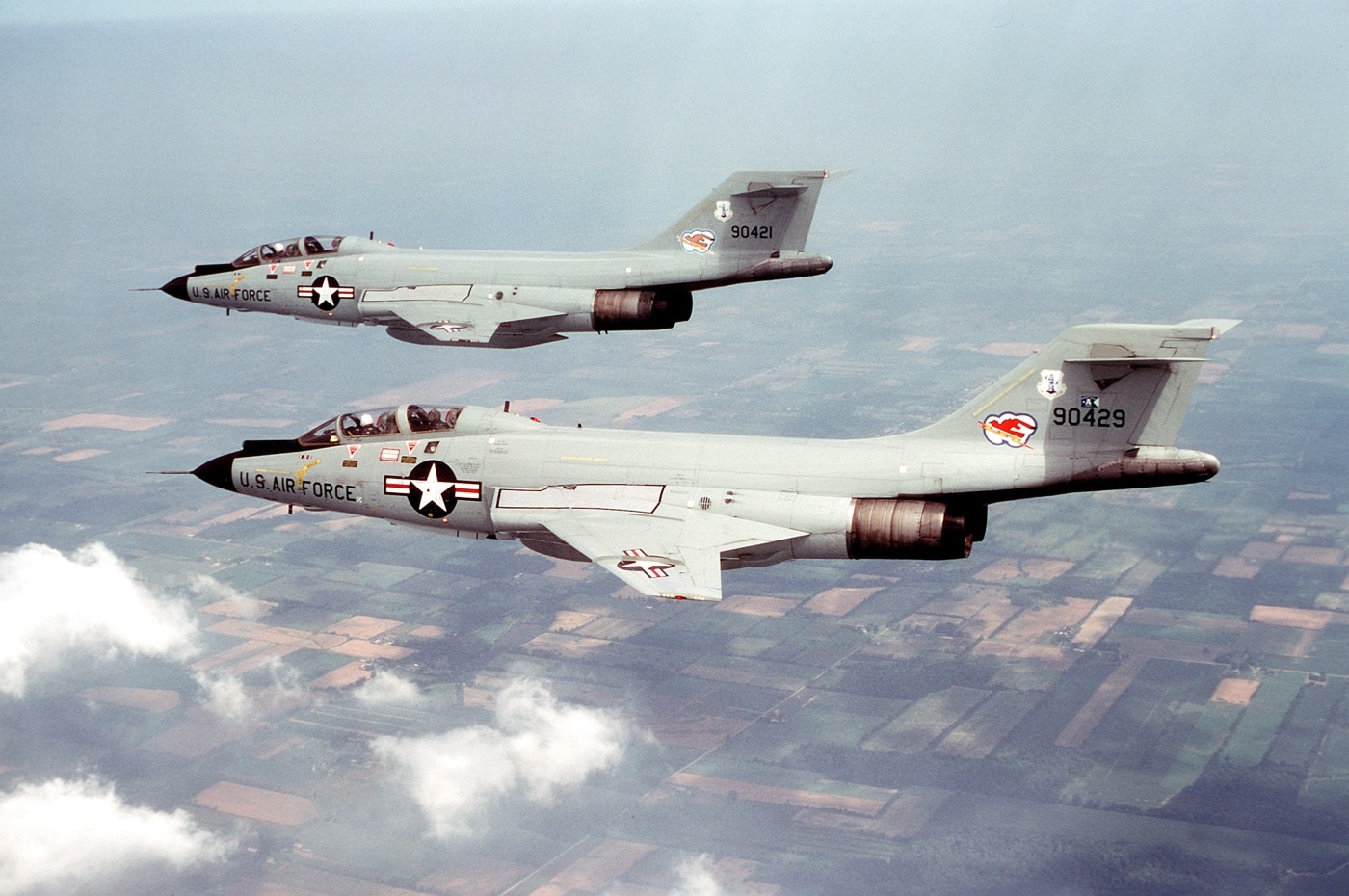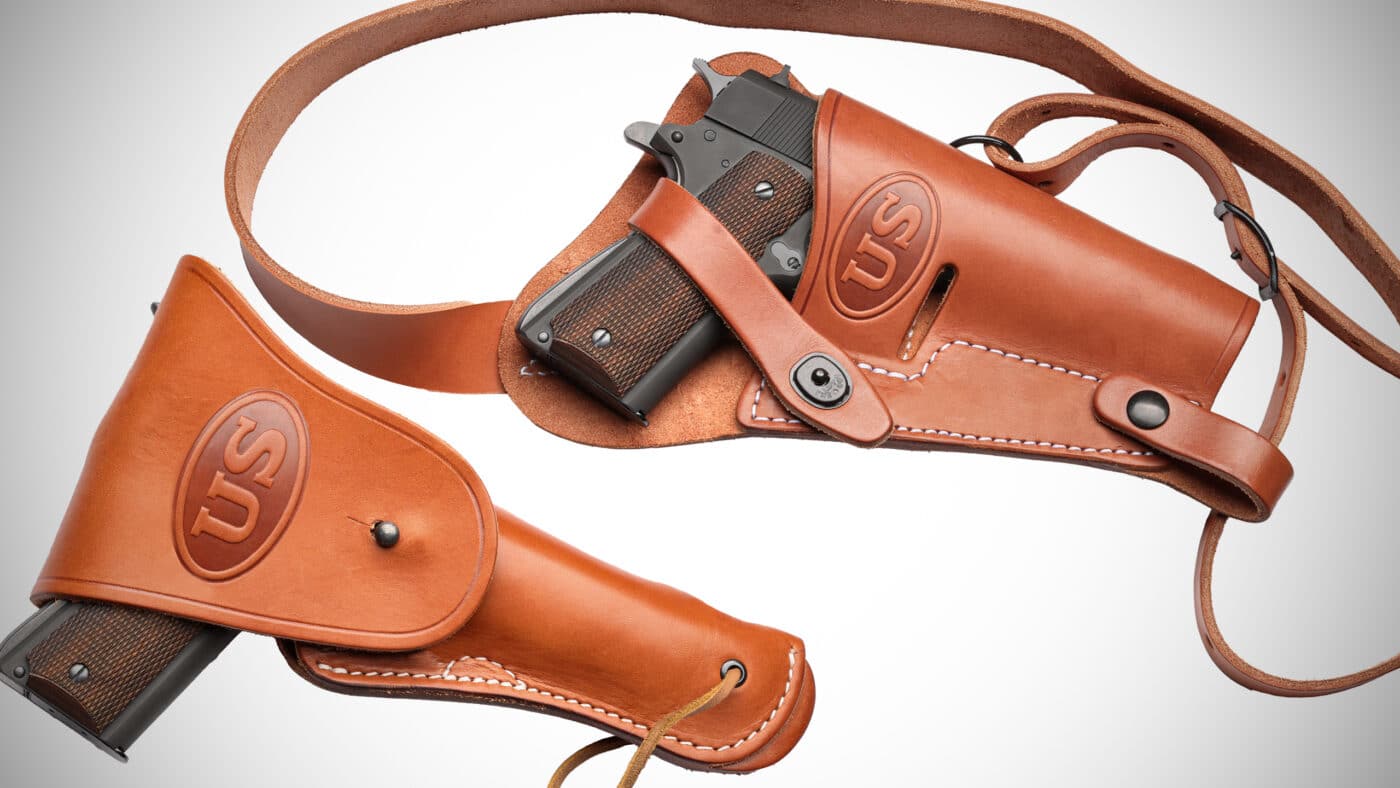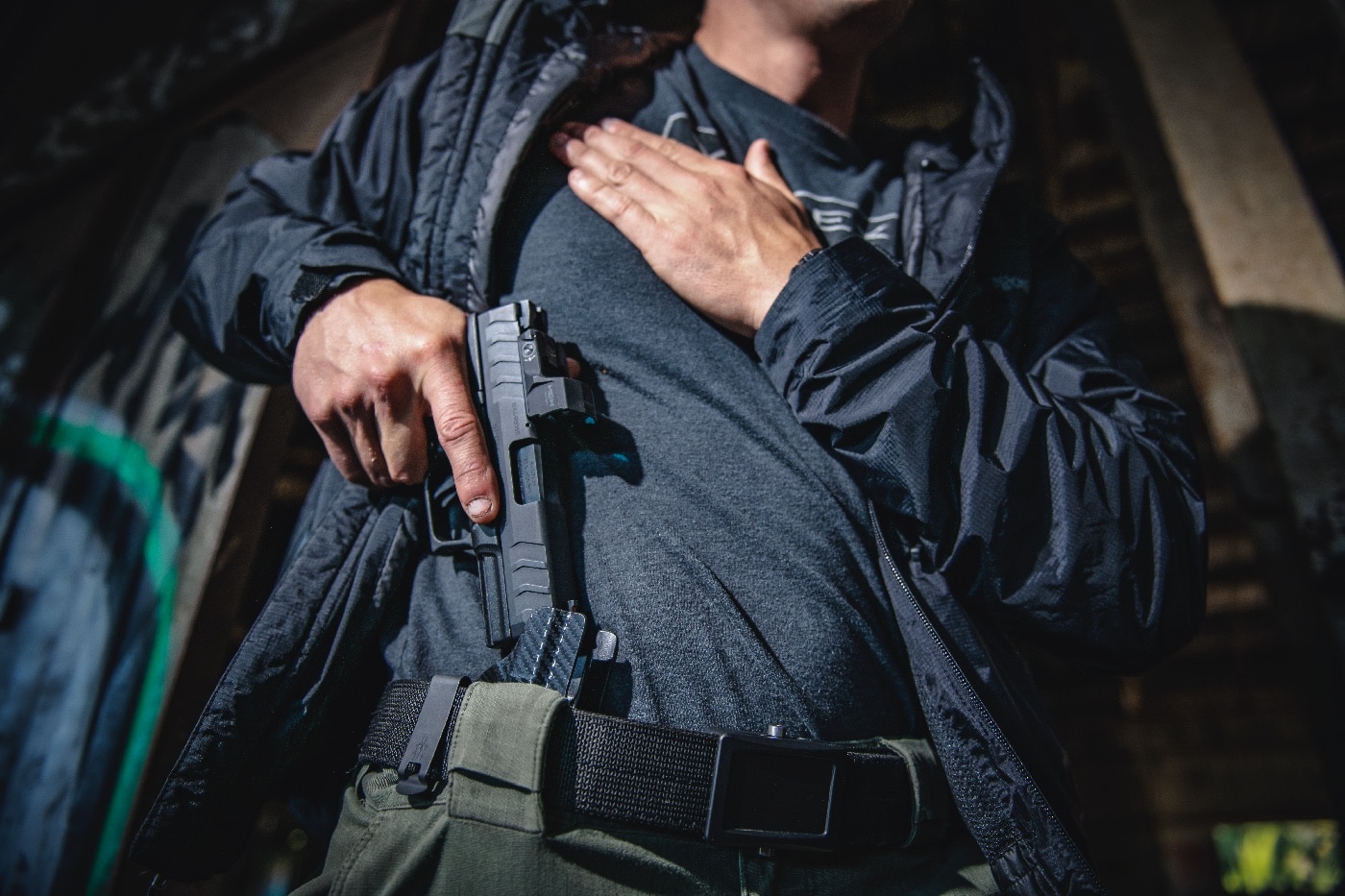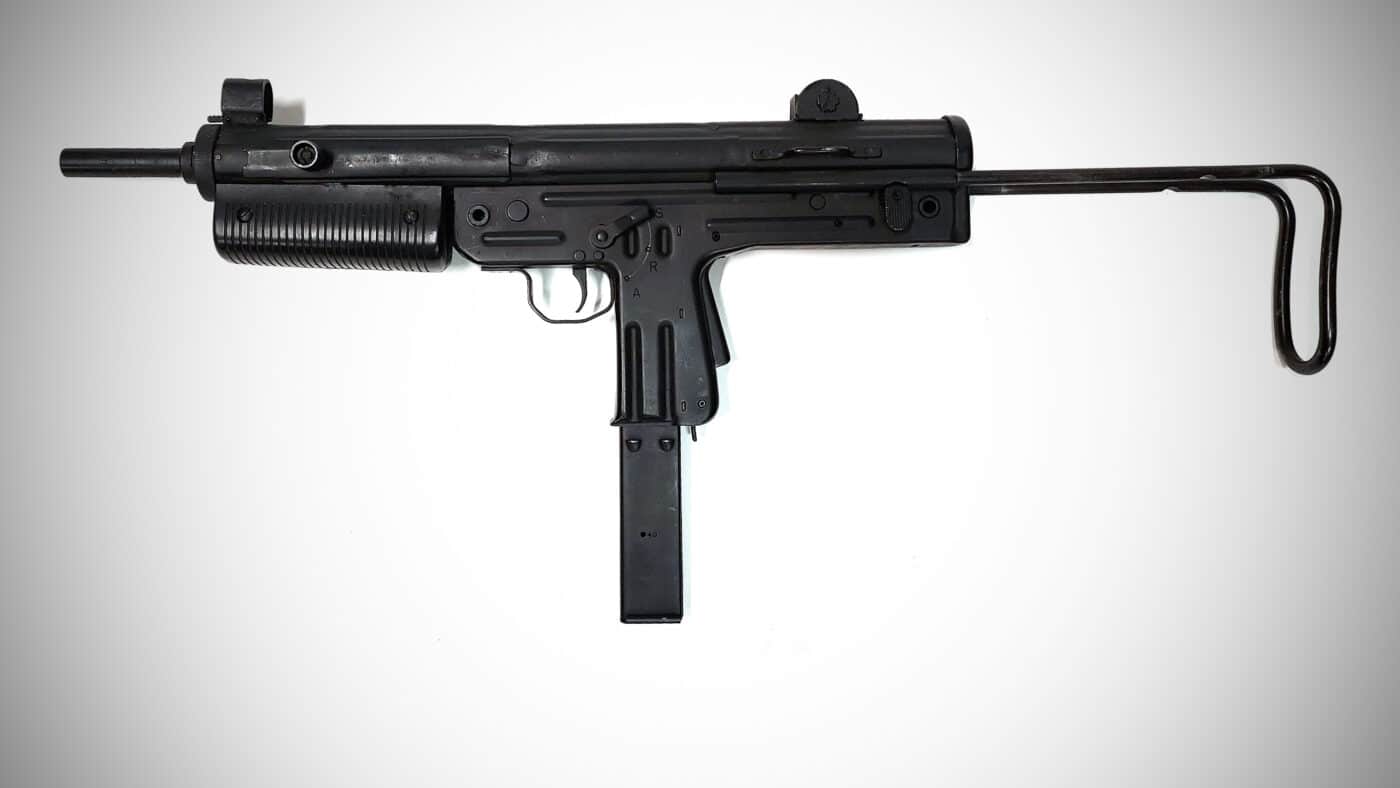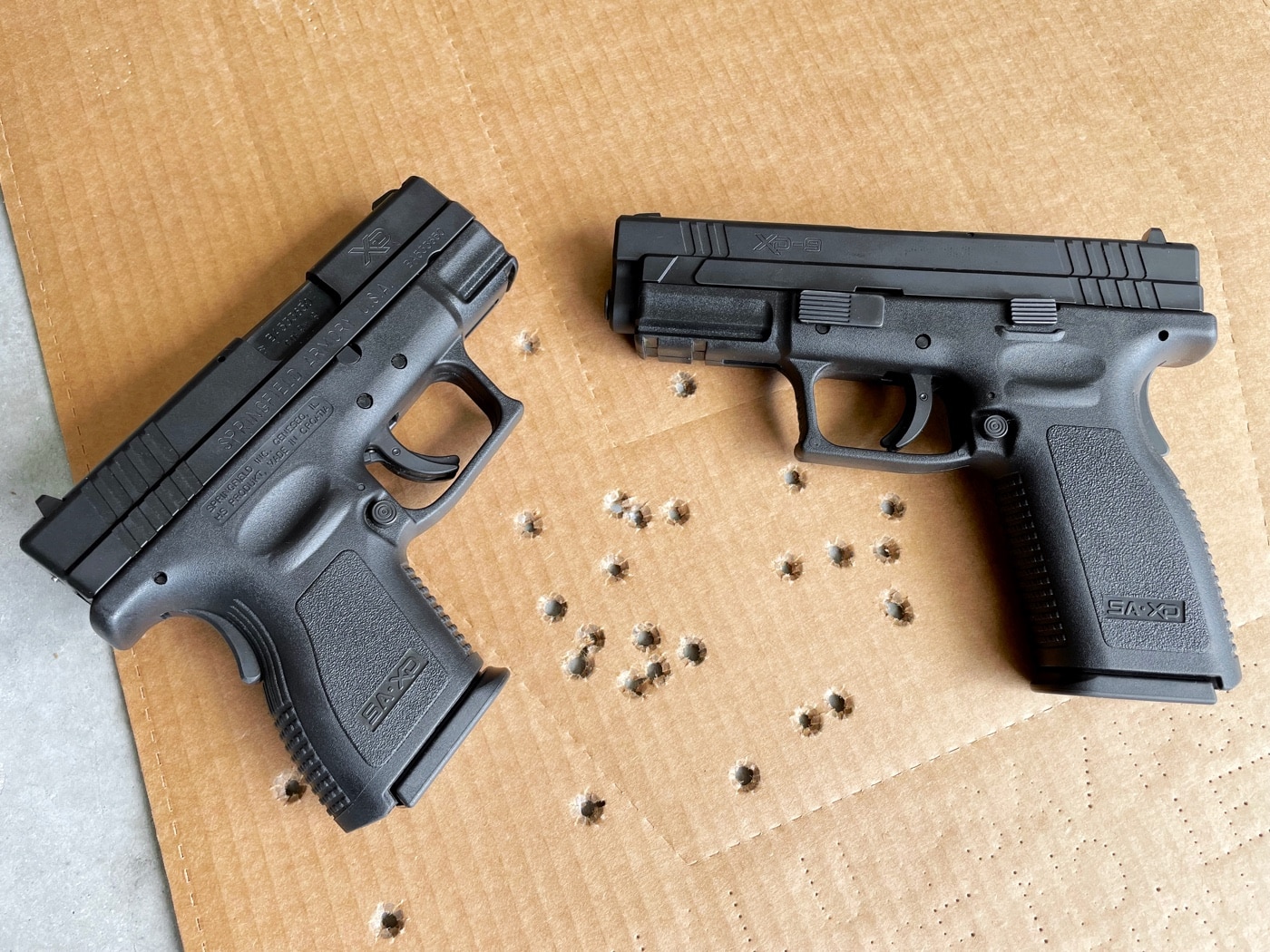The article N8 Tactical MultiFlex Holster Review by Mike Humphries explores the adaptability of EDC tools, highlighting the Springfield Armory Echelon as a prime example of a versatile, duty-grade, full-size 9mm pistol. This firearm features a serialized chassis system known as the Central Operating Group and the Variable Interface System, allowing it to support a wide range of optics with minimal parts.
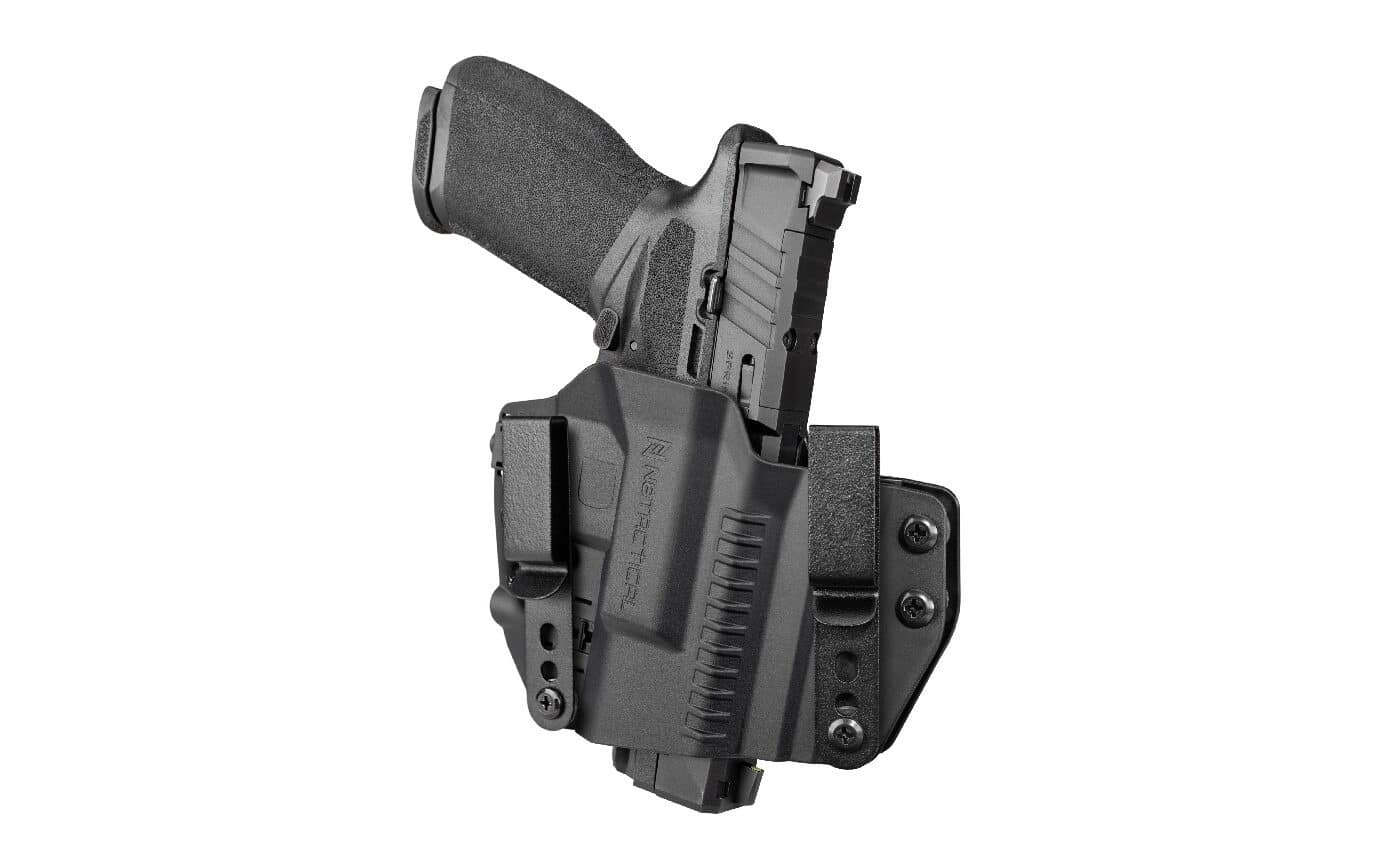
The N8 Tactical MultiFlex Holster is designed to be a well-suited partner for adaptable firearms like the Echelon. N8 Tactical, a sister company to Crossbreed Holsters, offers this versatile holster compatible with over 275 different handguns. The MultiFlex can be configured for both IWB and OWB carry, and features multiple adjustment points to fit various pistol sizes. Mike Humphries notes the holster’s flexibility in accommodating different handguns and adjustment preferences, emphasizing its comfort in both carry modes.
Humphries concludes that the N8 Tactical MultiFlex Holster meets the challenge of being a highly adaptable, cost-effective holster—a significant achievement given its broad compatibility and adjustability. The holster offers a remarkable value at $49.95, making it an attractive option for those seeking a multi-purpose EDC solution. For more detailed insights, you can read the full article N8 Tactical MultiFlex Holster Review.
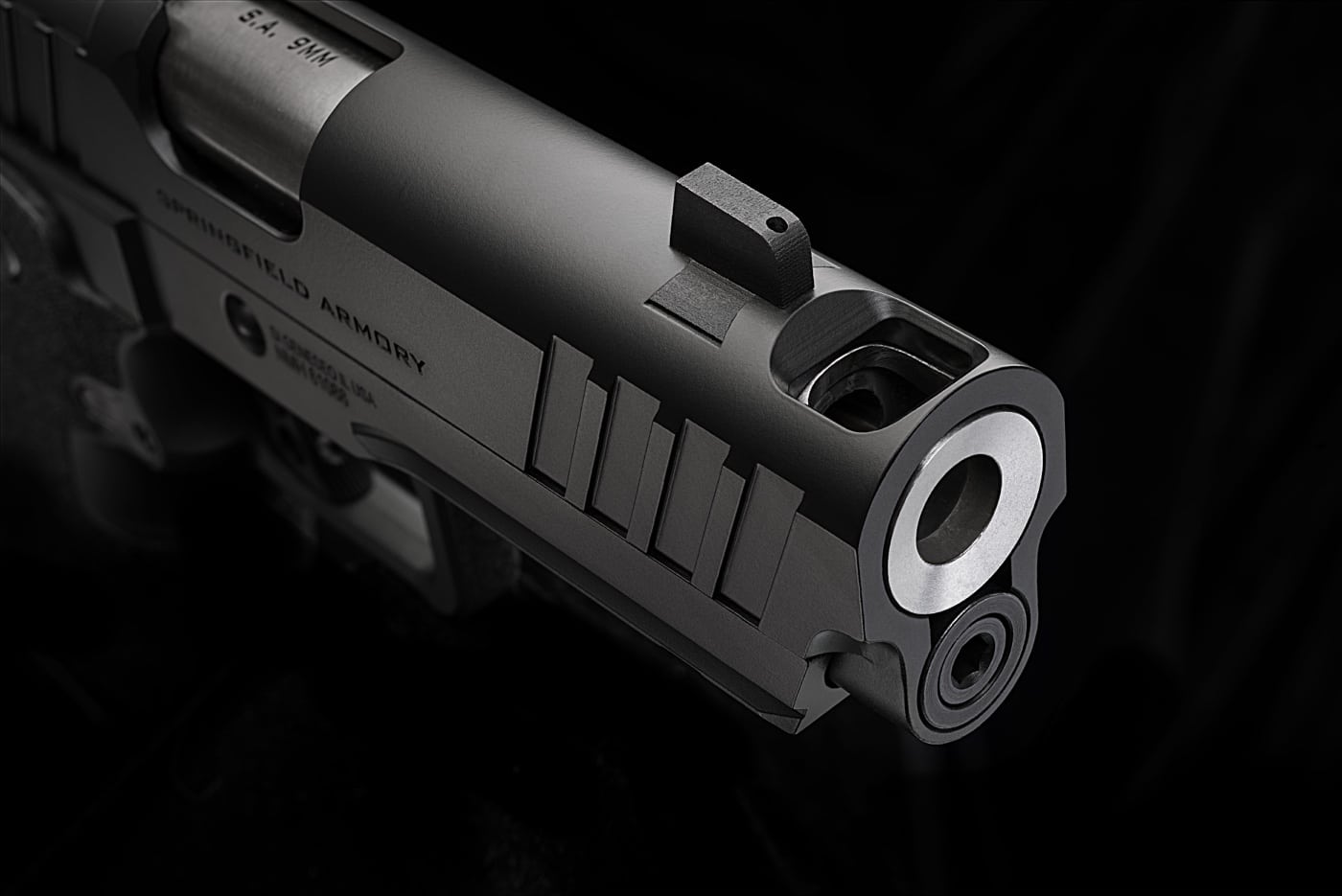
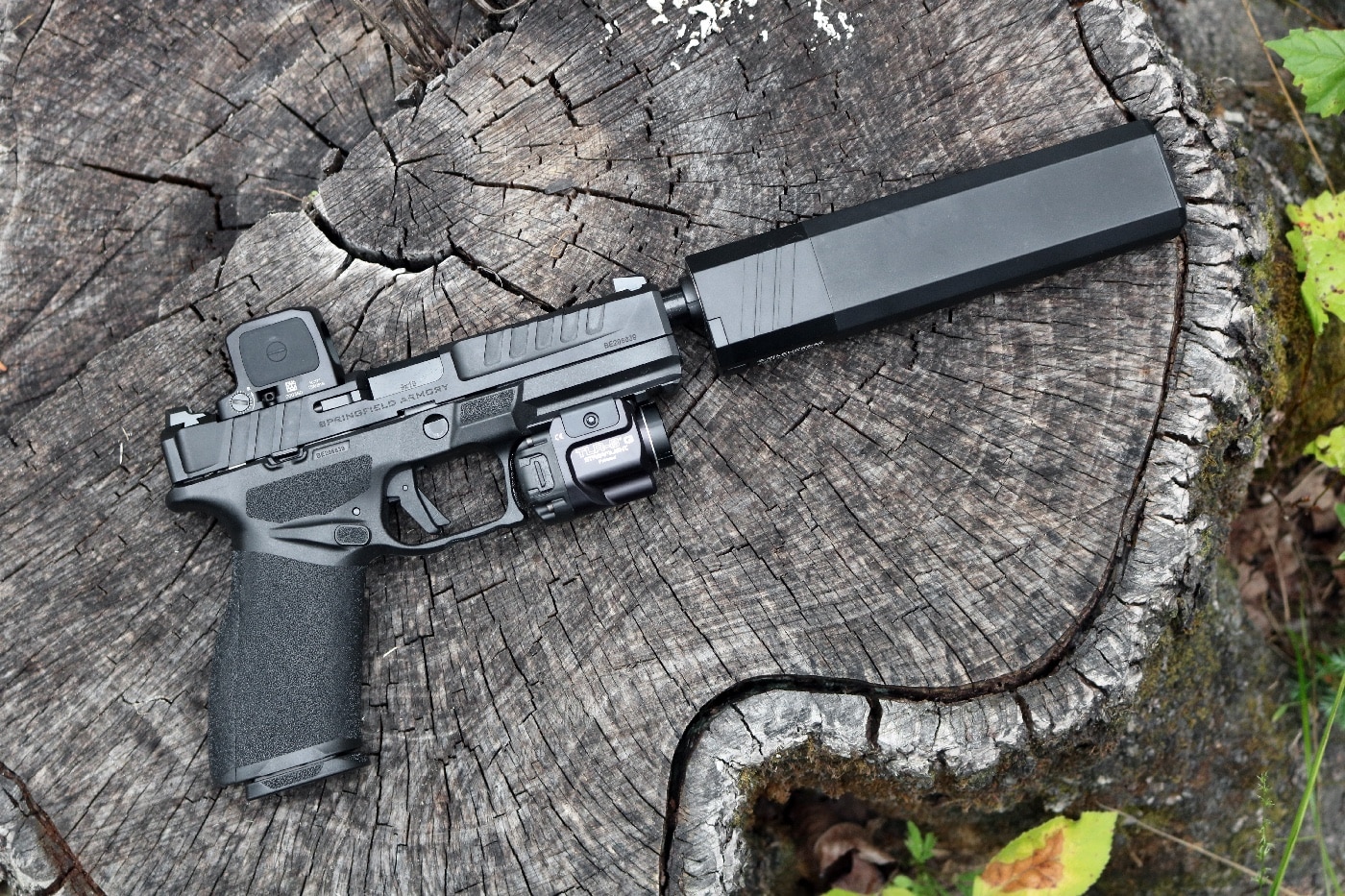
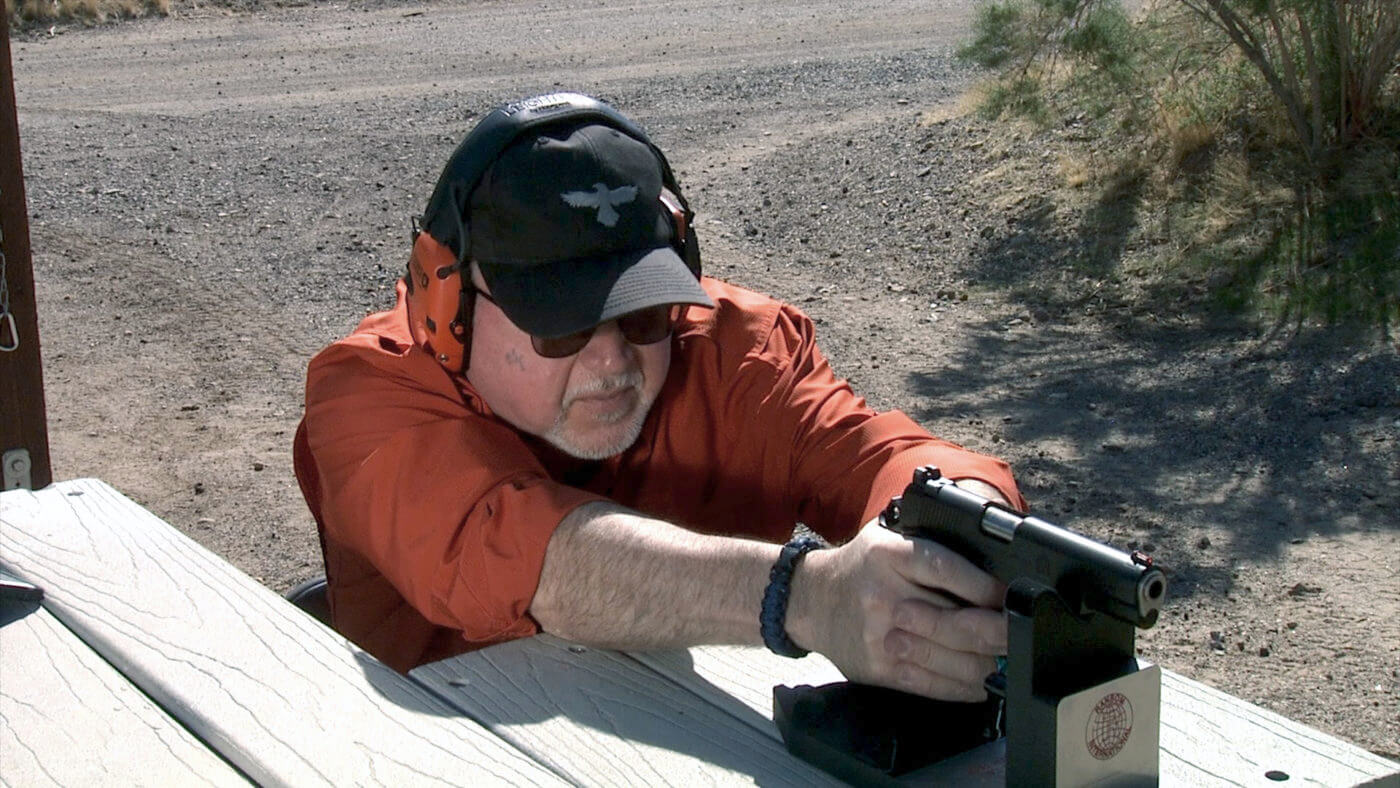
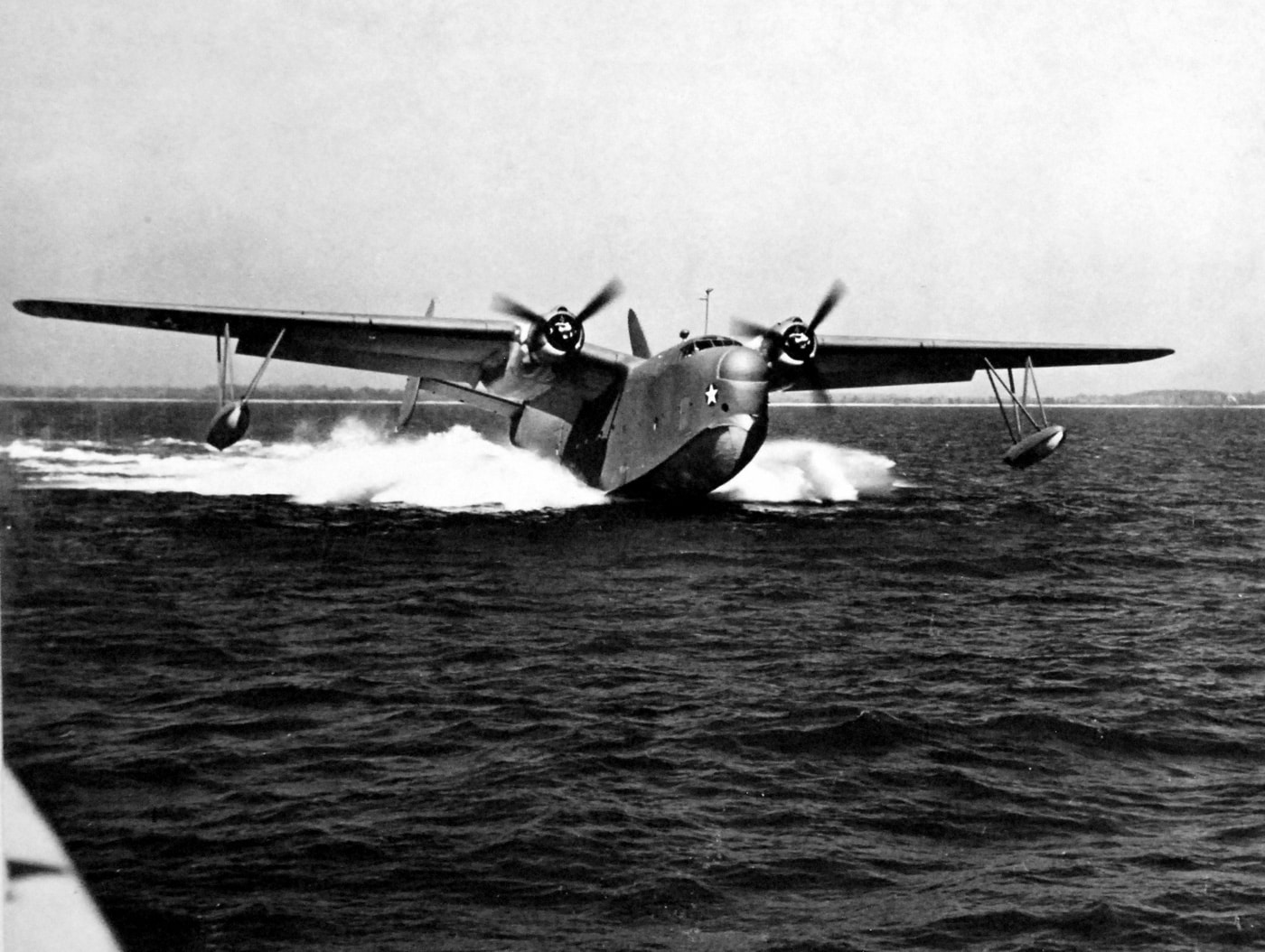
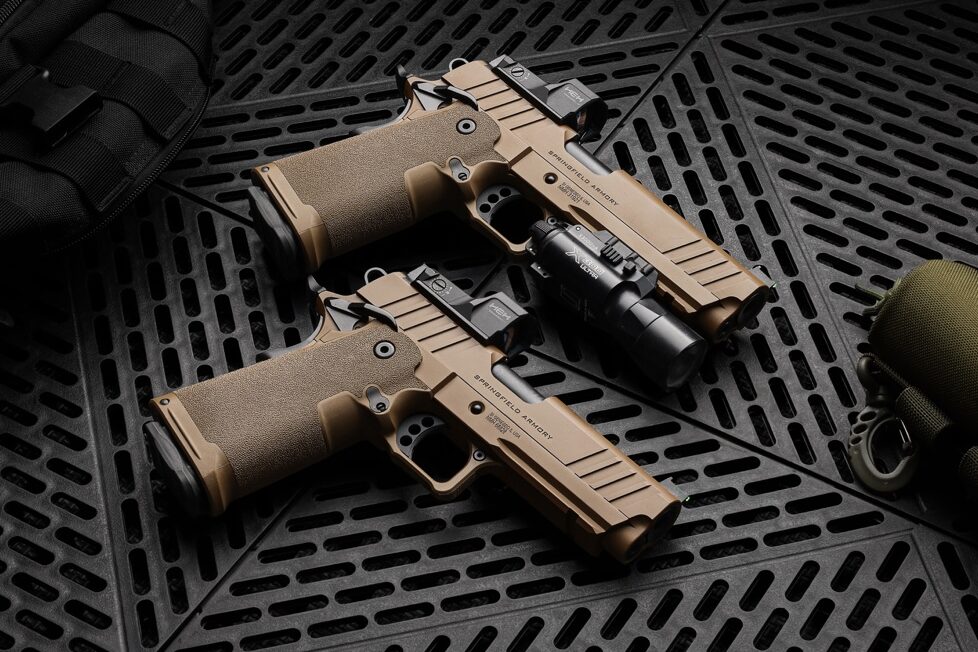
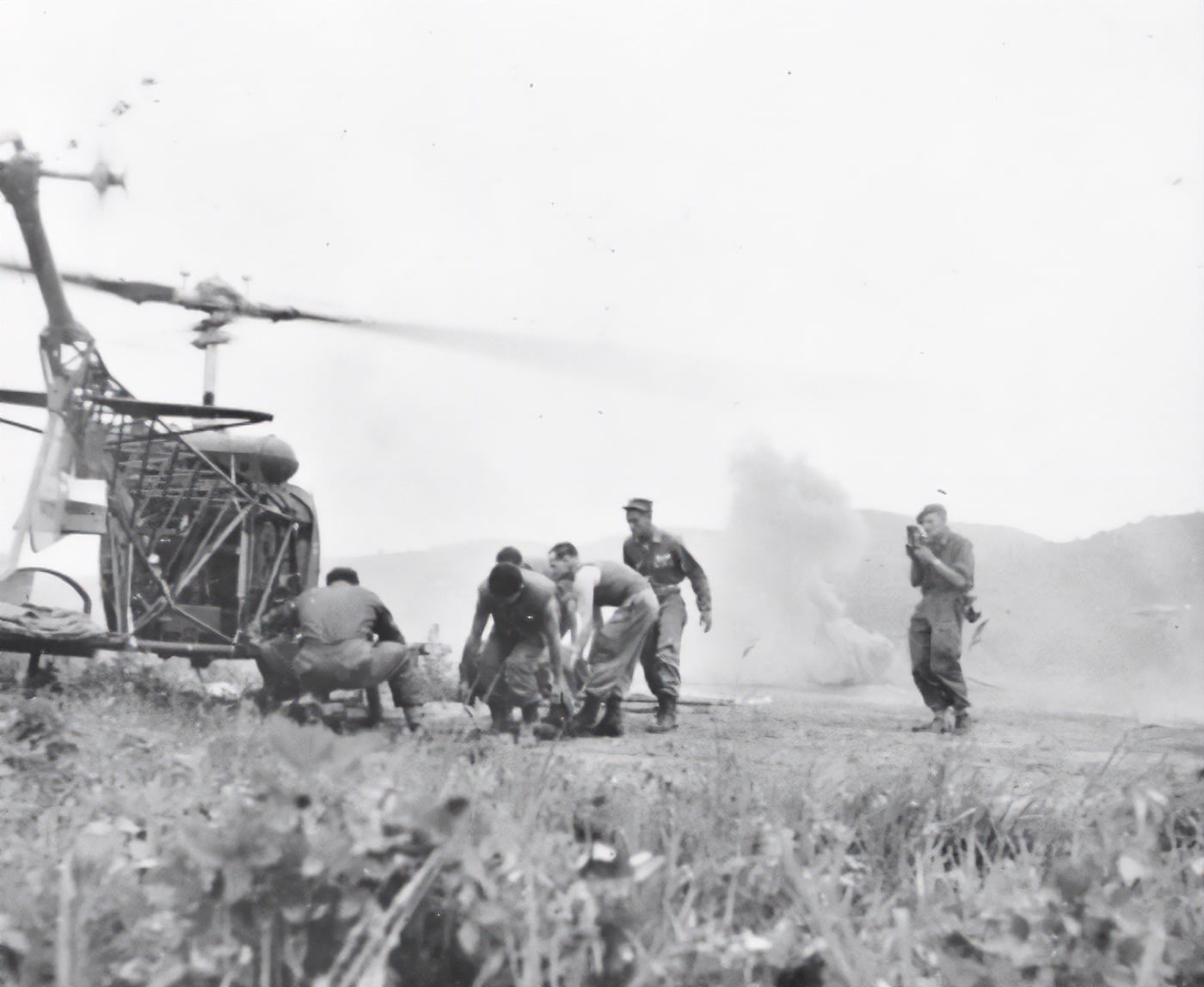
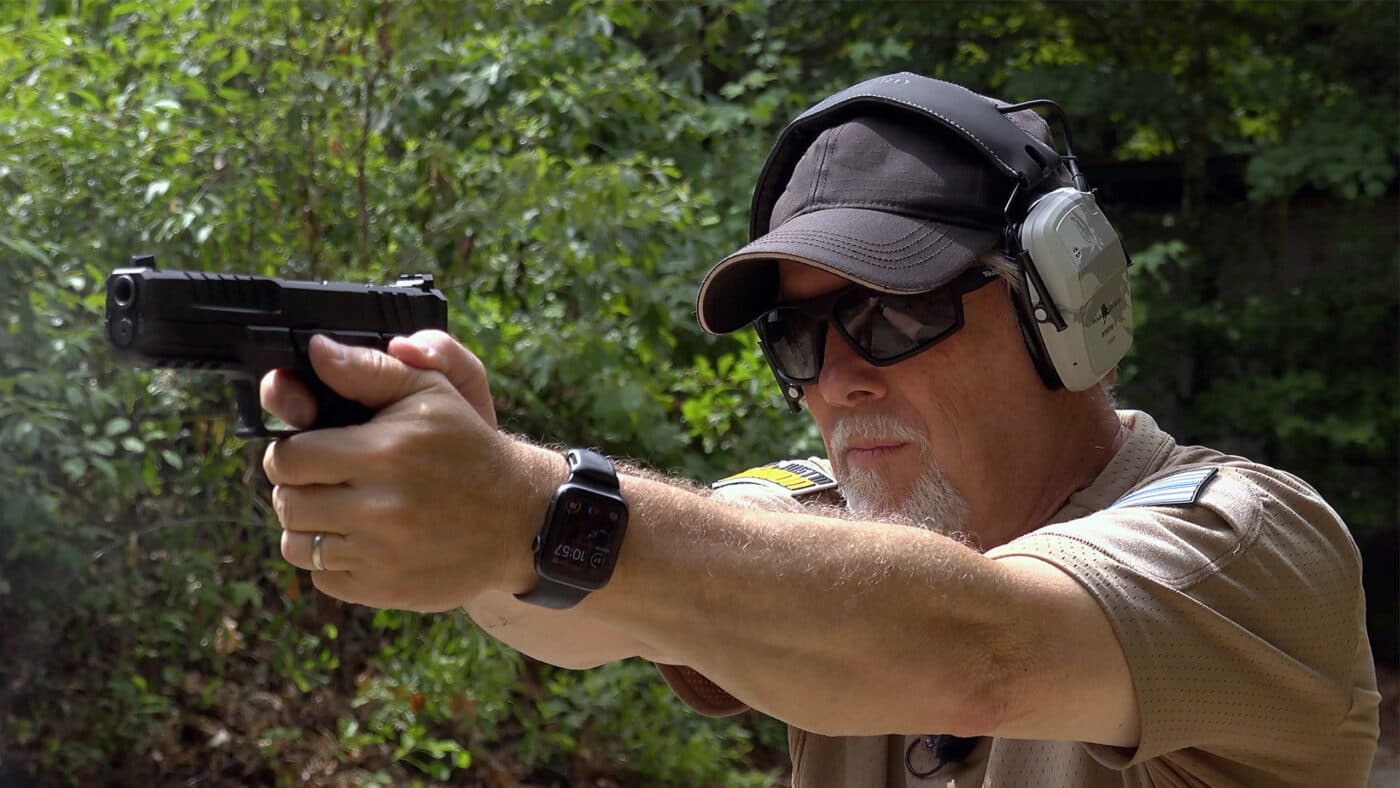
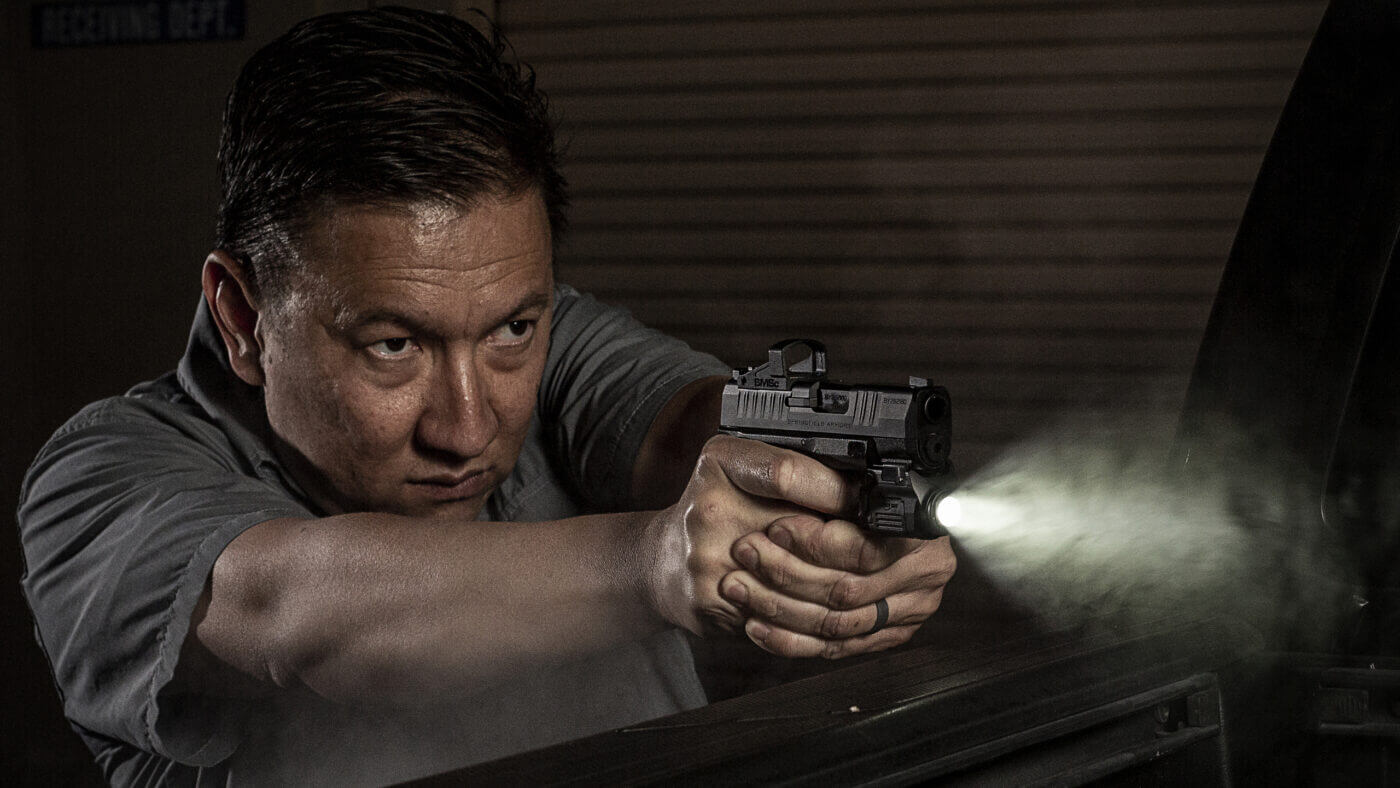
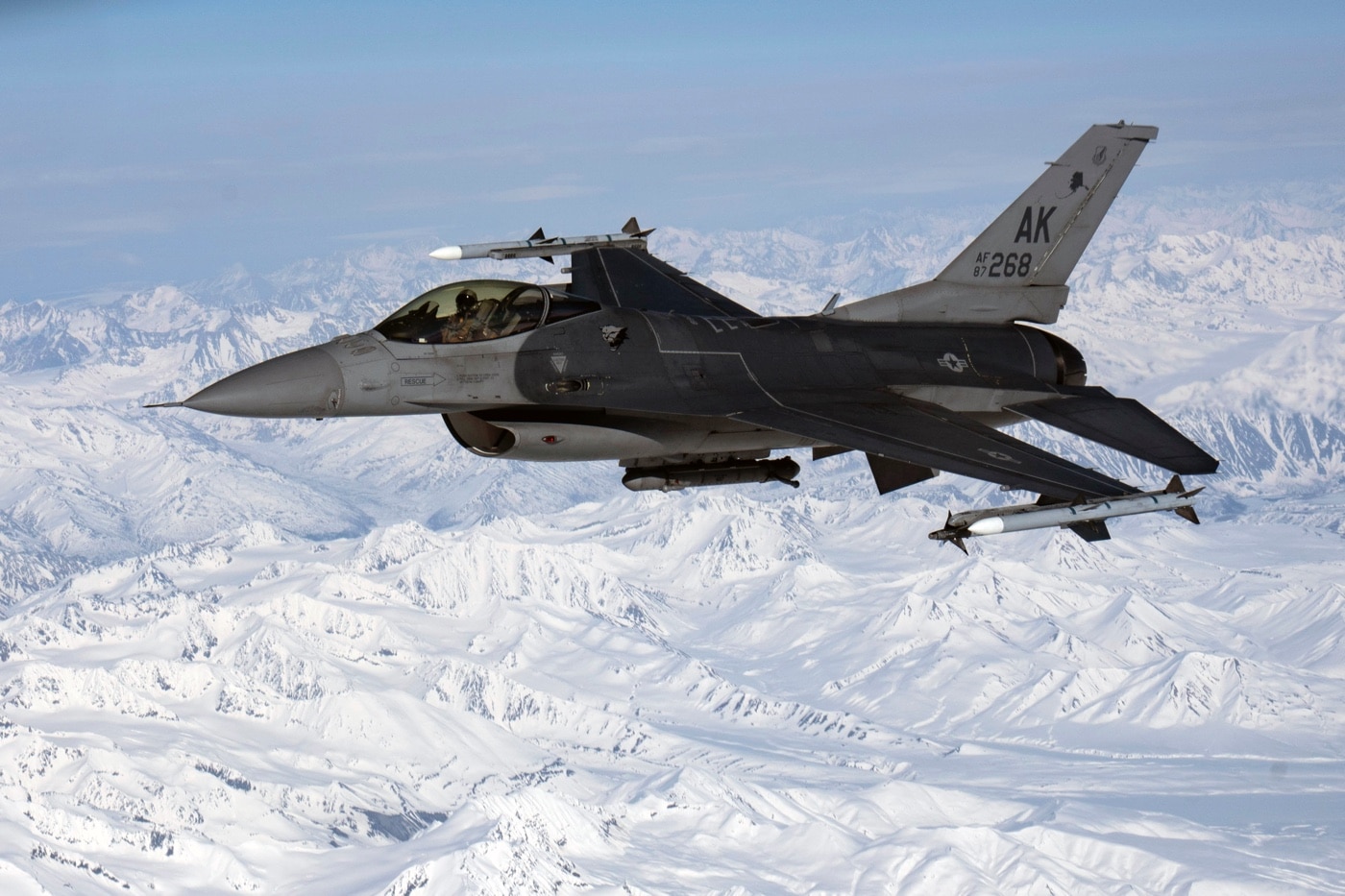
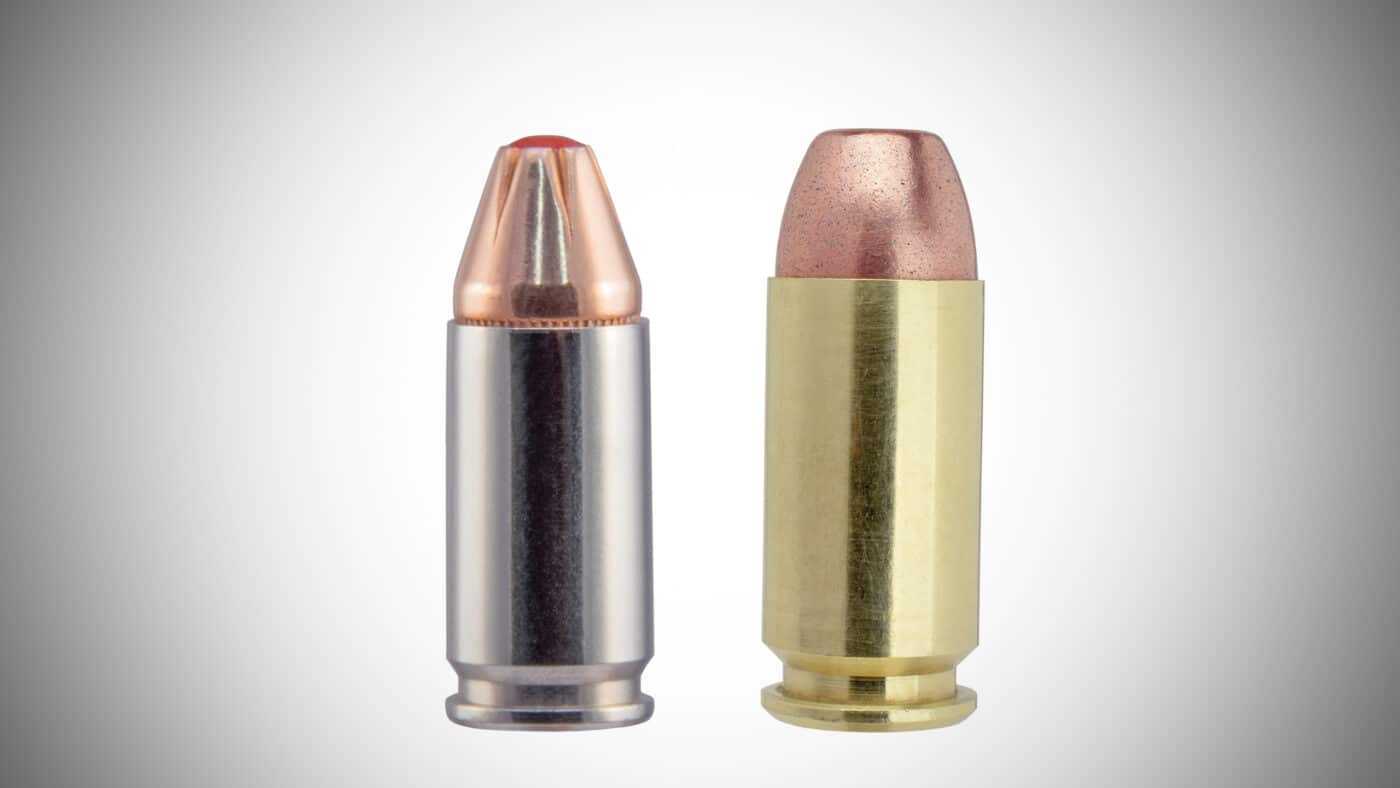
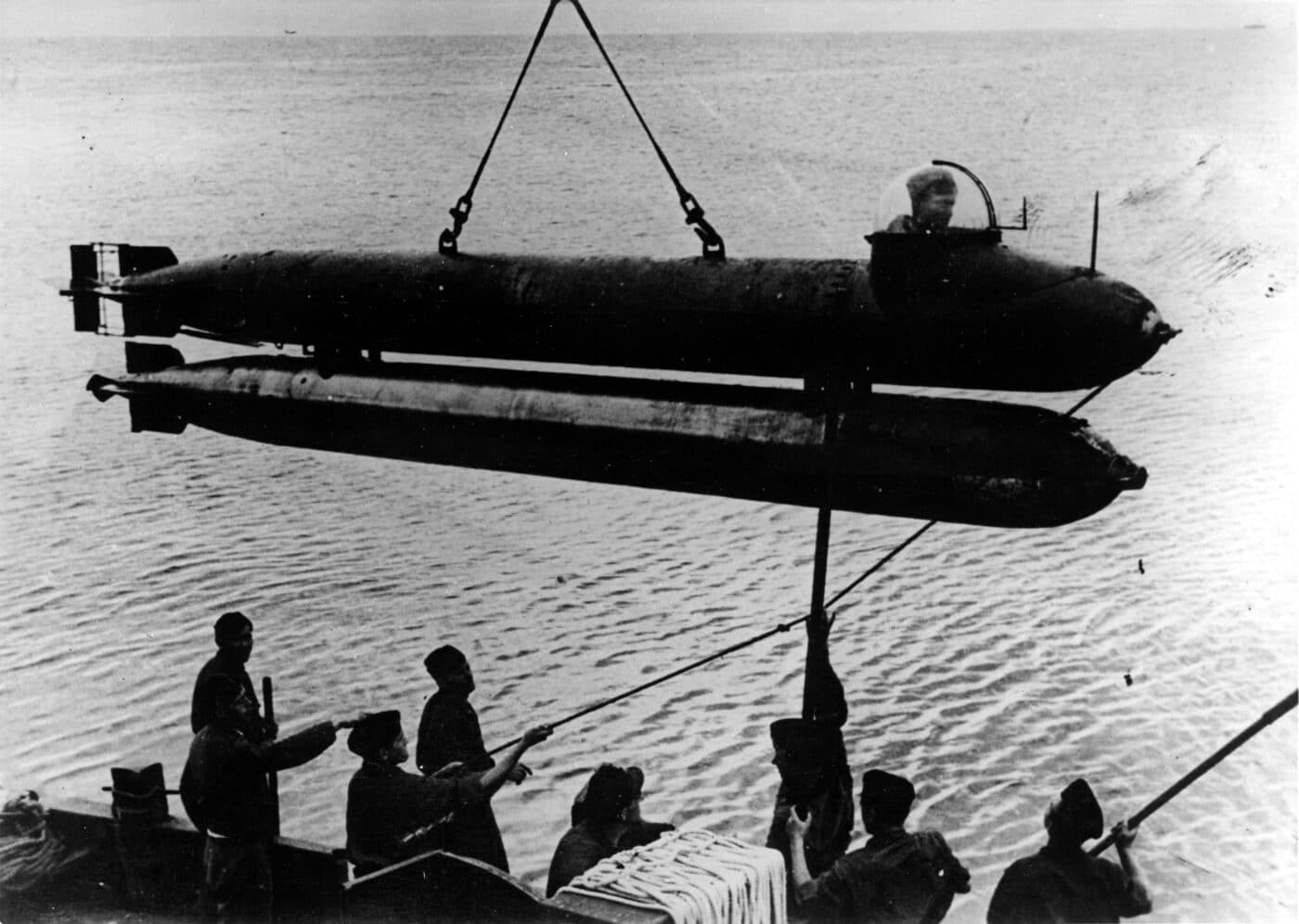
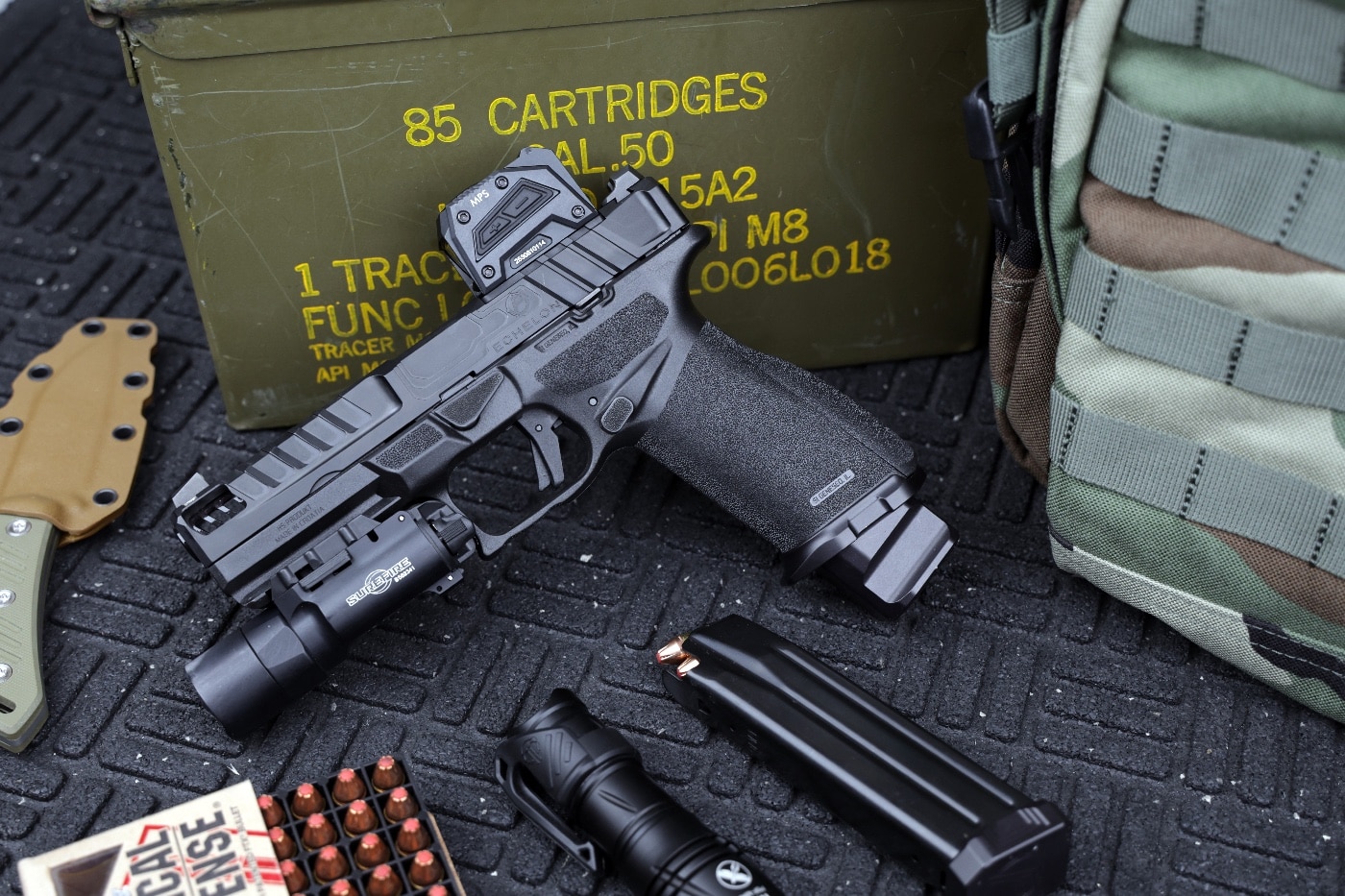 The Echelon also includes features like fully ambidextrous controls, a double undercut triggerguard, and an excellent striker-fired trigger system. The aftermarket industry's response has been enthusiastic, with companies offering various upgrades, such as Floyd's Custom Shop magwells, which provide larger beveled surfaces for quicker magazine insertion and additional grip for control. These upgrades allow for enhanced performance while maintaining a sleek and functional design.
The Echelon also includes features like fully ambidextrous controls, a double undercut triggerguard, and an excellent striker-fired trigger system. The aftermarket industry's response has been enthusiastic, with companies offering various upgrades, such as Floyd's Custom Shop magwells, which provide larger beveled surfaces for quicker magazine insertion and additional grip for control. These upgrades allow for enhanced performance while maintaining a sleek and functional design.